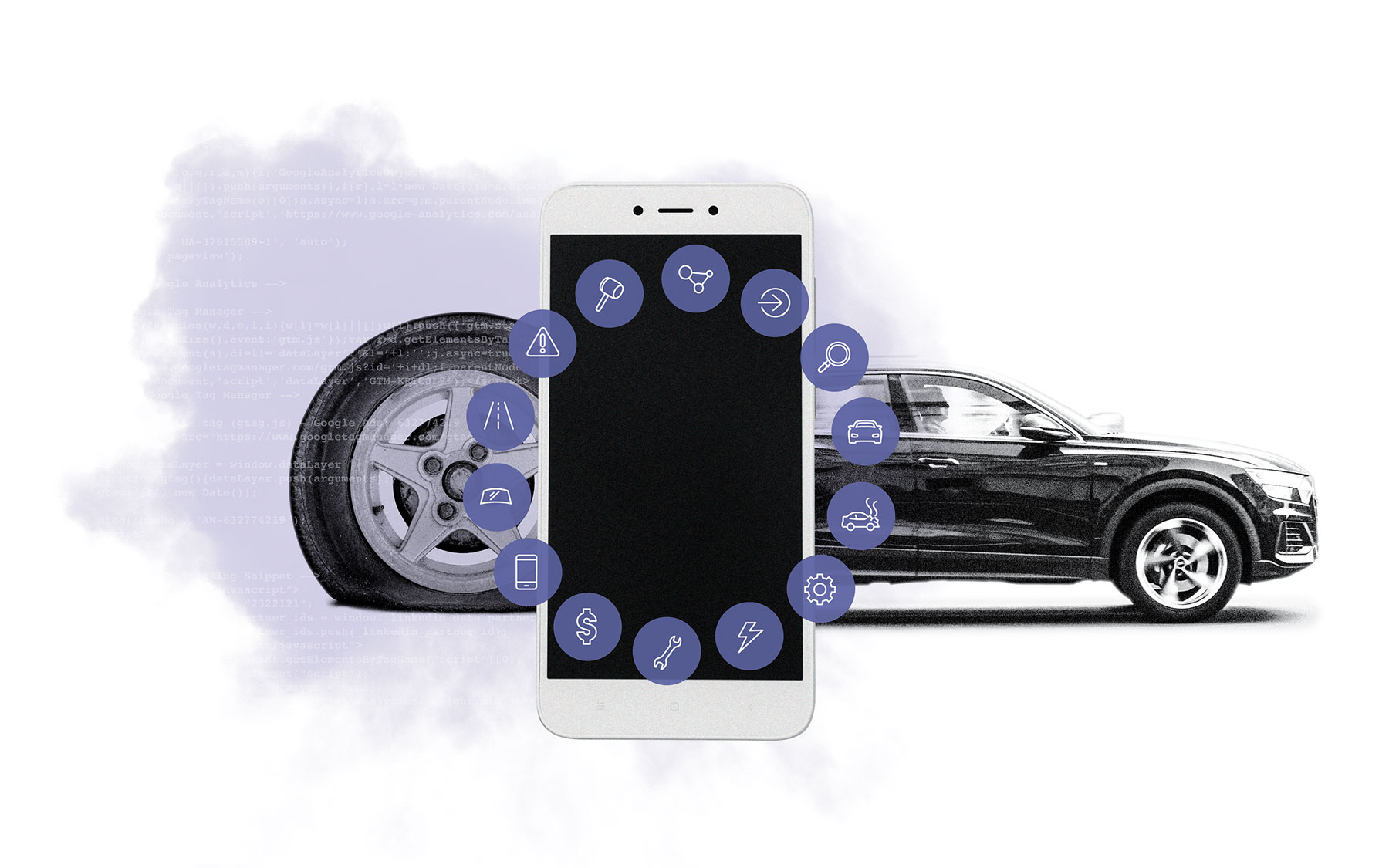CONTRIBUTORS
CHRIS BAKES
managing director, auto solutions, Sedgwick
CHRIS MAYO
senior vice president, operations, Sedgwick
JAMES PAPROCKI
managing director, Sedgwick
It’s the call we’re hearing across the country: help needed. And the auto industry is no different; from regional carriers who simply don’t have enough people on hand to keep up with demands of the business, to corporate partners with large fleets working overtime to keep up with changing technology, the question is the same — how do we keep up with ever-changing industry advancements?
For the problem solvers and the quick thinkers, this opens up an opportunity for partnership, choosing partners who are focused on people and technology, with the capacity and expertise to supply a bundled solution that creates efficiencies and cost savings.
The [missing] talent factor
From long-term workers nearing retirement age to flagging recruitment efforts to bring new talent into the fold, there is now — and will continue to be, for the foreseeable future — a gap in human resources throughout the auto industry. And it’s impossible to ignore or avoid how labor shortages, exacerbated by the still-raging pandemic, have affected the marketplace as well.
That leaves us with an aging demographic of industry insiders, a younger demographic looking elsewhere (perhaps not even aware that opportunities in the auto industry exist) and a swath of people who have found their way into claims rather than setting that as their primary career path.
So how can we mirror our industry reflection to the changing face of the young professional? To turn the tide, we can and should be reaching across the talent gap with:
- College development training programs that authentically welcome new perspectives and fresh faces into the fold
- Social media campaigns that reach younger candidates where they are, and can teach them about career paths in claims handling
- Holistic benefits that speak directly to them — like purpose-driven work, flexibility in their workplace environment, and an organization that will take care of them mentally, physically, financially and professionally

Technology advances and opportunities
Along with new faces and fresh perspectives, adding to this changing face of the auto industry is a different approach to how we’re using technology.
There aren’t a lot of places where “one size fits all” turns out to be true — it certainly isn’t in claims. Where before all claims went to one place, through one process, we know now that all-or-nothing approach is rarely what’s best for customers. Instead, smaller carriers and fleets would benefit from modeling the programs and processes of the larger, tier-one carriers, in terms of making sure they’re using the right type of loss adjustment expense (LAE) and lowering their overall indemnity costs.
Fueled by technology, we’re seeing a necessary shift at the adjuster level when it comes to determining method of inspection (MOI), based on information found through the first notice of loss and damage description. Field appraisers are saving time with technology by managing their workload and overall work process directly from the field via mobile applications; for the adjuster, repair triage tools that can identify what type of loss goes through what type of repair process (e.g., photo estimatics or total loss processing) are done at the first notice of loss or the desk level.

